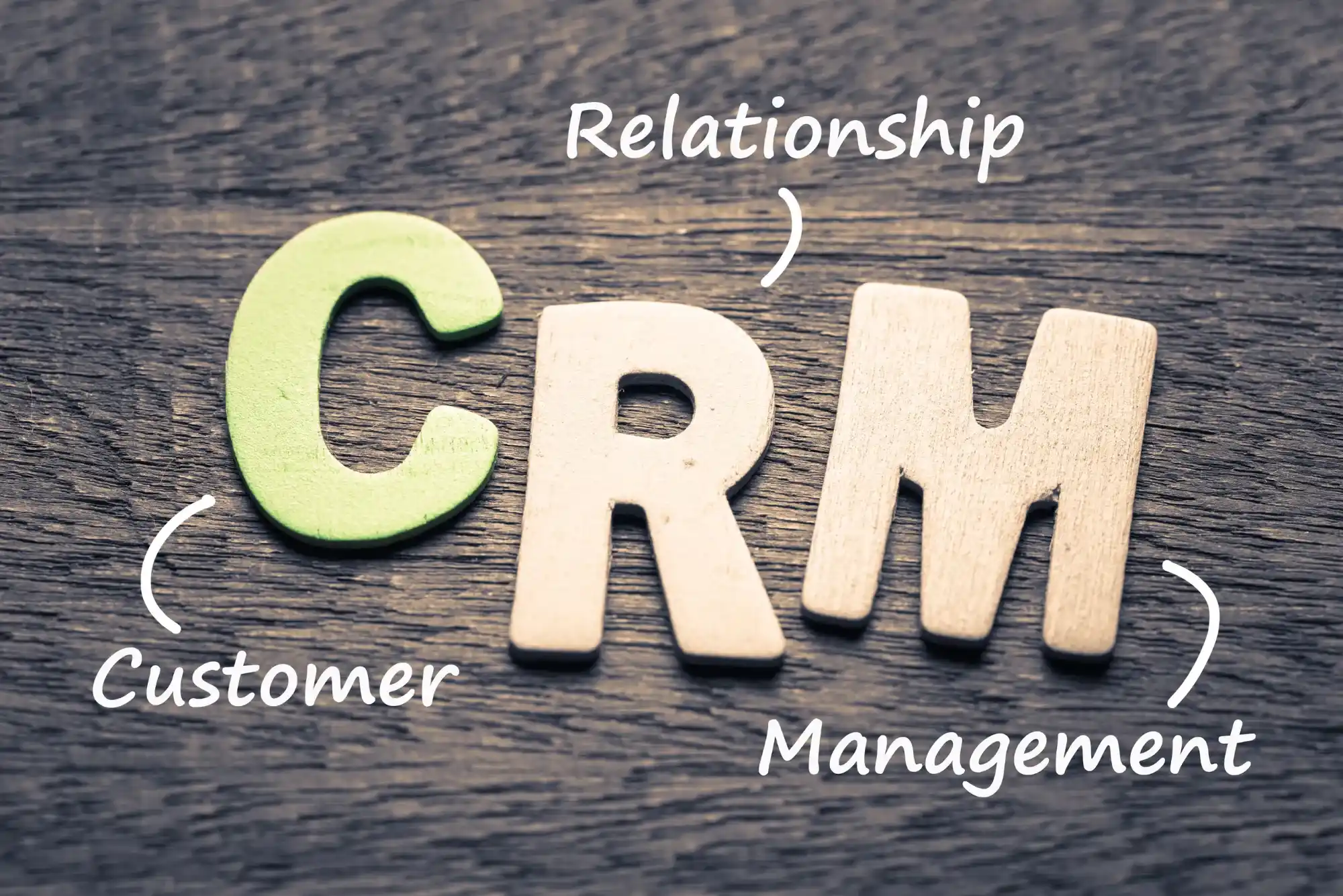Assigning clients to team leads is a critical task for any business aiming to deliver exceptional service while maintaining operational efficiency. A well-structured client assignment process ensures that team leads are aligned with clients whose needs match their expertise, fostering stronger relationships and better project outcomes. By leveraging the best CRM for project management, businesses can streamline this process, improve collaboration, and enhance client satisfaction. In this article, we’ll explore a step-by-step approach to assigning clients to team leads, the role of CRM tools, and how to optimize the process for maximum efficiency.
Why Effective Client Assignment Matters
Effective client assignment is the backbone of successful project management. When clients are paired with the right team leads, communication improves, tasks are completed on time, and client expectations are met or exceeded. Poor assignments, on the other hand, can lead to miscommunication, delays, and frustrated clients. The best CRM for project management can help businesses avoid these pitfalls by providing tools to organize client data, track project progress, and assign tasks based on team lead strengths.
The process involves analyzing client needs, team lead expertise, and project requirements. A CRM system can centralize this information, making it easier to make informed decisions. For example, a CRM can store client profiles, including their industry, project scope, and communication preferences, allowing managers to match clients with team leads who have relevant experience.
Step-by-Step Guide to Assigning Clients to Team Leads
1. Understand Client Needs and Goals
The first step in assigning clients to team leads is understanding the client’s needs. Gather detailed information about their project goals, timeline, budget, and preferred communication style. For instance, a client in the tech industry may require a team lead with expertise in software development, while a client in retail might need someone skilled in inventory management.
A robust CRM system, such as the best CRM for project management, can store this information in a centralized database. Tools like Salesforce, Monday.com, or HubSpot allow you to create detailed client profiles, including notes from initial consultations, project specifications, and key performance indicators (KPIs). This ensures that all relevant data is accessible when making assignments.
2. Assess Team Lead Expertise and Availability
Once you understand the client’s needs, evaluate your team leads’ skills, experience, and availability. Consider factors such as:
- Industry Knowledge: Does the team lead have experience in the client’s industry?
- Skill Set: Are they proficient in the tools or methodologies required for the project?
- Workload: Can they take on a new client without compromising existing responsibilities?
Using the best CRM for project management, you can track team lead performance metrics, such as project completion rates, client satisfaction scores, and current workload. For example, platforms like Asana or Trello provide workload management features that show how many tasks each team lead is handling, helping you avoid overloading top performers.
3. Match Clients to Team Leads
With client needs and team lead capabilities in hand, it’s time to make the assignment. Aim for a match that aligns the client’s goals with the team lead’s strengths. For instance, a client requiring a fast-paced marketing campaign might be best served by a team lead with a track record of delivering time-sensitive projects.
CRM tools can automate parts of this process. Many platforms allow you to set up rules or filters to suggest team leads based on predefined criteria, such as expertise or availability. This reduces manual effort and ensures consistency in assignments.
4. Communicate the Assignment Clearly
Once the assignment is made, communicate it to both the team lead and the client. Provide the team lead with a detailed brief on the client’s needs, project scope, and any specific instructions. Similarly, inform the client about their assigned team lead, highlighting their qualifications to build confidence in the partnership.
A CRM can streamline this communication by generating automated emails or notifications. For example, Zoho CRM allows you to create workflows that send assignment details to team leads and introductory emails to clients, saving time and ensuring clarity.
5. Monitor and Adjust Assignments
Client assignments aren’t set in stone. As projects progress, you may need to reassign clients due to changes in scope, team lead availability, or client feedback. Regularly review project performance using your CRM’s analytics tools to identify any issues early. For instance, if a client’s satisfaction scores drop, it may indicate a mismatch with the team lead, prompting a reassignment.
CRM dashboards provide real-time insights into project status, team lead performance, and client feedback, making it easier to spot trends and make data-driven decisions.
The Role of CRM in Client Assignment
A CRM system is a game-changer for assigning clients to team leads. It centralizes client and team data, automates repetitive tasks, and provides actionable insights. Here are some ways the best CRM for project management enhances the process:
- Centralized Data: Store client profiles, project details, and team lead information in one place for easy access.
- Automation: Automate repetitive tasks like sending assignment notifications or updating project statuses.
- Analytics: Use data-driven insights to evaluate team lead performance and client satisfaction.
- Collaboration: Enable team leads to collaborate on projects, share updates, and communicate with clients through integrated tools.
Popular CRMs like ClickUp, Pipedrive, and Basecamp offer features tailored to project management, such as task assignment, time tracking, and client communication portals. Choosing the right CRM depends on your business size, industry, and specific needs.
Best Practices for Optimizing Client Assignments
To ensure long-term success, follow these best practices:
- Regularly Update Client Profiles: Keep client data current to make accurate assignments.
- Train Team Leads: Equip team leads with the skills and tools they need to succeed.
- Solicit Feedback: Gather input from clients and team leads to refine the assignment process.
- **Lever性

